Reflections by a Member of the American Catholic Medical Association, Part One
By Thomas W. McGovern, M.D.
“Inspiring physicians to imitate Jesus Christ” — CMA Vision Statement
“There are many patients dying in the hospital today… There are no visitors allowed. Limited visitation when death is imminent… It is a brutal human tragedy. When we get through with this, I am haunted with the fear that we may be less human rather than more human. Pray for His Mercy and consolation.” —Text message from a CMA doctor caring for ICU COVID-19 patients
After more than 25 interviews with health care professionals around the world for the Doctor, Doctor podcast and EWTN radio program, and through my own medical practice,I have gained a multi-faceted view oftheCOVID-19 pandemic. My guests have included Catholic physicians from many different specialties, an economist, an epidemiologist, an aerospace engineer, and a Harvard MBA student.
After a brief introduction to the virus and the disease it causes, I’ll show you how Catholic physicians and other professionals are putting the four pillars of Catholic social teaching into action during this pandemic.
The Virus
To the novel coronavirus (SARS-CoV-2) responsible for COVID-19, the earth is one planet without boundaries.
While other coronaviruses are the second most likely cause of the common cold, this new virus causes much more severe disease. SARS-CoV-2 attaches to receptors deep in the lungs where it can cause life-threatening pneumonia and respiratory distress.
Fortunately, fatality rates are extremely low in children, and one theory is that the receptors in children are not as “sticky” as in adults.
Additionally, and thankfully, the new virus mutates much more slowly than the influenza virus.
Therefore, future vaccines are unlikely to need annual reformulations like the influenza vaccine. Early in the pandemic, many were lulled into a false sense of security by comparisons of COVID-19 with influenza.
But COVID is clearly more serious than influenza.
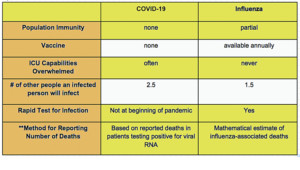
*The CFR for COVID-19 will not be accurately known until the vast majority of resulting deaths have occurred, and there is a good estimate of the number of people infected, including with no symptoms (through population studies of blood antibodies). **The mathematical model overestimates influenza deaths and current data may underestimate the CFR for COVID-19. The numbers of deaths due to the two diseases are not comparable since they are determined by different methods.
Catholic Social Teaching
Catholic Social Teaching (CST) posits that society exists for the good of the person; the person does not exist for the good of society, and therefore the four pillars of CST should guide healthcare professionals during a pandemic. These pillars are (1) respect for human life; (2) the common good; (3)subsidiarity; and (4) solidarity.
The Christian physician has a special calling—different from the secular world—in that he or she sees the human person as an invaluable creation of God whose individual worth should never be sacrificed— even in the midst of a pandemic. Therefore, Catholic physicians have an obligation in times of crisis to lead in upholding human dignity and safeguarding public health. Our belief in evidence-based clinical care and public health measures should be translated through the lens of Catholic medical ethics and social teaching. Following are reflections on what I have learned in this pandemic as they apply to each of those four pillars.
1. Respect For The Dignity Of The Human Person
The inalienable dignity of each human life, made in the image and likeness of God (CCC 369), is the overarching principle of all care for the sick, in time of crisis or not. No choice should be made that sacrifices the innate dignity of the individual, even when questions about scarce resources arise.
Many health care professionals of all faiths—and no faith—around the world have literally given their lives for their patients. “No greater love has a man than to lay down his life for his friend.” A page on medscape.com tracks health care workers who contracted COVID-19 while caring for patients—and then died from it: over 300 by Holy Saturday.
Hospitals have set strict visitation policies to protect patients and staff, but in many cases, these policies ignore the need to provide sacraments to patients desiring them. Usually, this is not due to religious animus, but rather simple oversight in the rush to provide physical protection of staff and patients.
When some CMA physicians have brought this to the attention of their hospitals, administrators have accepted help to develop protocols that mitigate risk while providing the sacraments. Young, healthy priests have stepped into the breach, donning personal protective equipment and safely administering sacraments.
2. The Common Good
“The common good comprises the sum total of social conditions which allow people, either as groups or as individuals, to reach their fulfillment more fully and more easily” (CCC 1906).This does not mean “doing the most good for the largest number of people.” It does mean that each member of society is called to work cooperatively to attain the good of others as if their good were his own.
Another aspect of the common good we’ve noted is the life-affirming irony that many government leaders who are fighting for the health of COVID patients are the same ones who fight for the “right” to physician-assisted suicide (PAS) or euthanasia. Yet, those most vulnerable to COVID-19 are also those most vulnerable to be targeted for PAS or euthanasia.
This reveals that most people do harbor a life-affirming instinct that serves the common good, and we hope that this pandemic awakens that instinct in many.
The common good requires that each man have the opportunity to have his spiritual needs met.
Arguments are currently polarized about the availability of sacraments during government social distancing rules and limitations on public gatherings, but I have found the wisdom of the Church to typically be a “both/and,” not an “either/or.” Christ is both God and man; grace saves us through both faith and works; and there may be ways to ensure safe practices and still provide sacraments to the faithful.
Part two of Dr. McGovern’s reflections will appear in our June-July issue.
Thomas W. McGovern, MD is a Fort Wayne, Indiana Mohs Surgeon who serves on the national board of the CMA and co-hosts Doctor, Doctor, the official podcast and radio program of the CMA. Doctor, Doctor is found on many podcast platforms and on EWTN radio and Sirius XM 130 at 11 a.m. ET on Saturdays. More than 25 COVID-related shows are available.
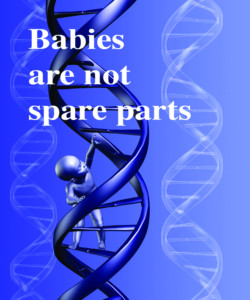
A booklet by Children of God for Life aimed at combatting the use of unborn babies in medical research
Some vaccine developers are using aborted fetal cell lines though there are safer, effective options
The organization Children of God for Life has exposed the fact that Moderna Therapeutics, which is working to develop a new vaccine to combat COVID-19, uses HEK 293 aborted fetal cell lines. Now Janssen Pharmaceutical, owned by Johnson and Johnson, is using their PER C6 Ad5 technology, derived from an aborted baby’s retinal tissue, for this purpose. There are moral problems with using aborted fetal cells, but the PER C6 Ad5 technology also has safety concerns raised with the FDA.
Another pharmaceutical company, Sanofi Pasteur, is using the morally-produced Sf9 platform for their newly developing COVID-19 vaccine; the Sf9 cell line comes from fall armyworms and is highly effective as a rapid growth medium.
“This is great news for millions of people world-wide who are concerned with the use of aborted fetal material in life-saving treatments or vaccines,” stated Debi Vinnedge, Executive Director of Children of God for Life. “There are many moral options that are safer and quite frankly, utilize a more modern technology.”
—ITV Staff

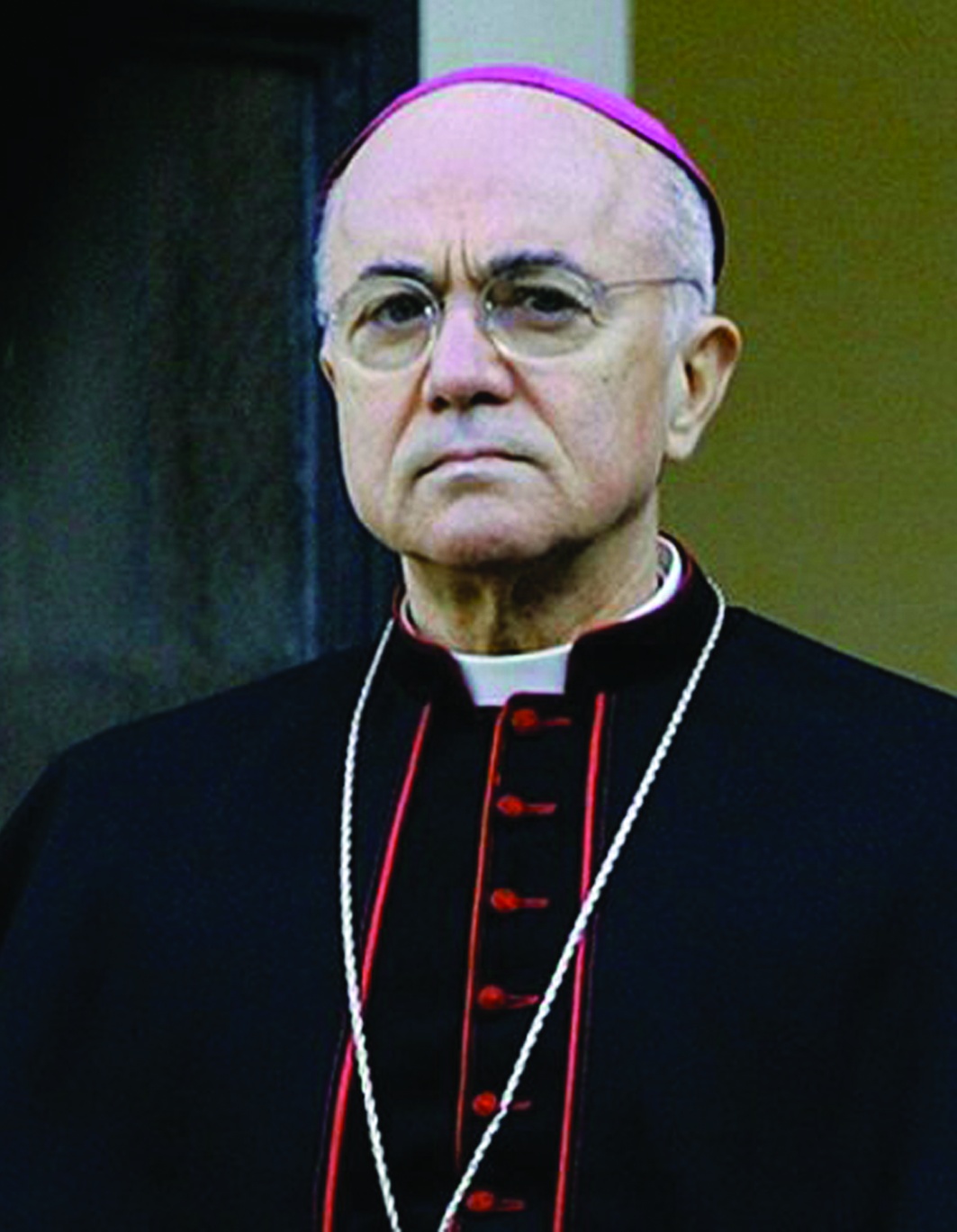
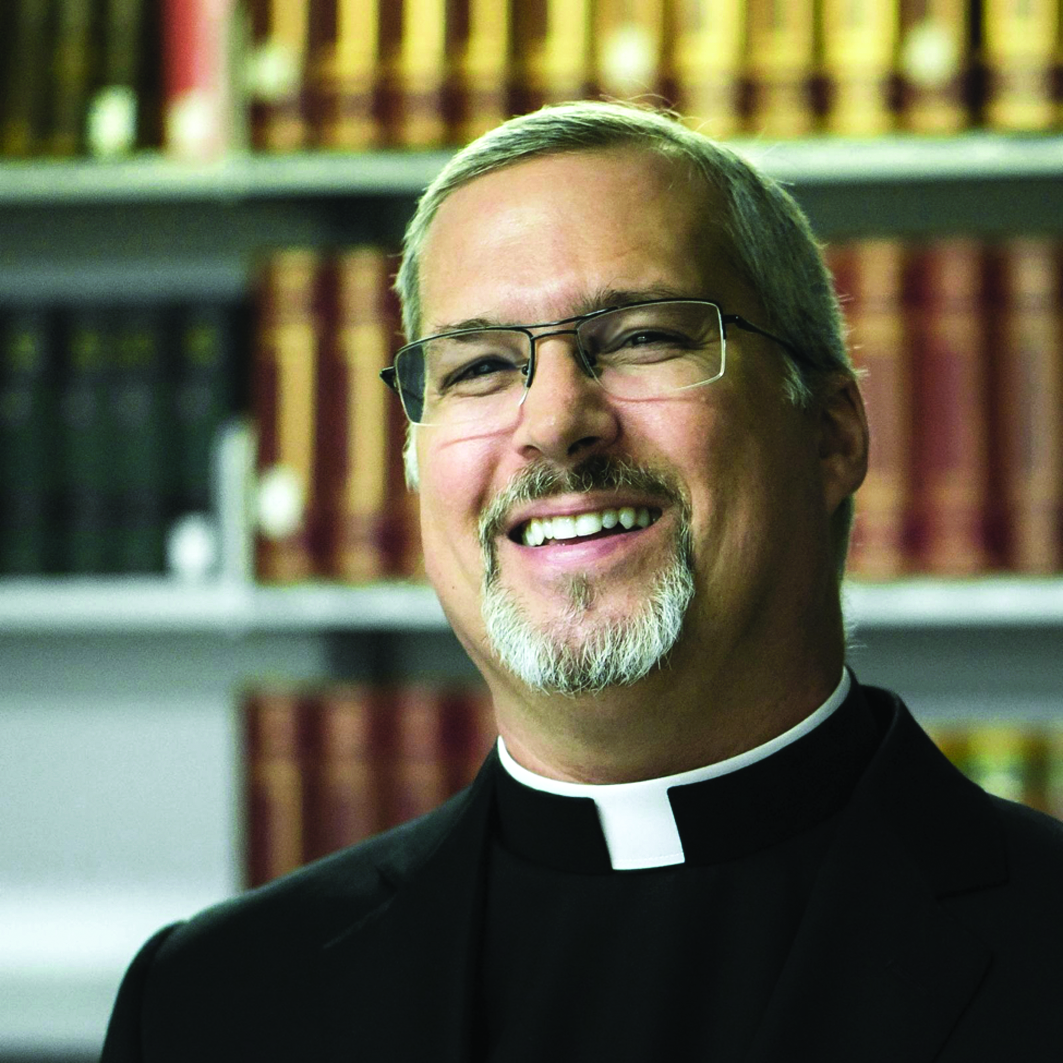

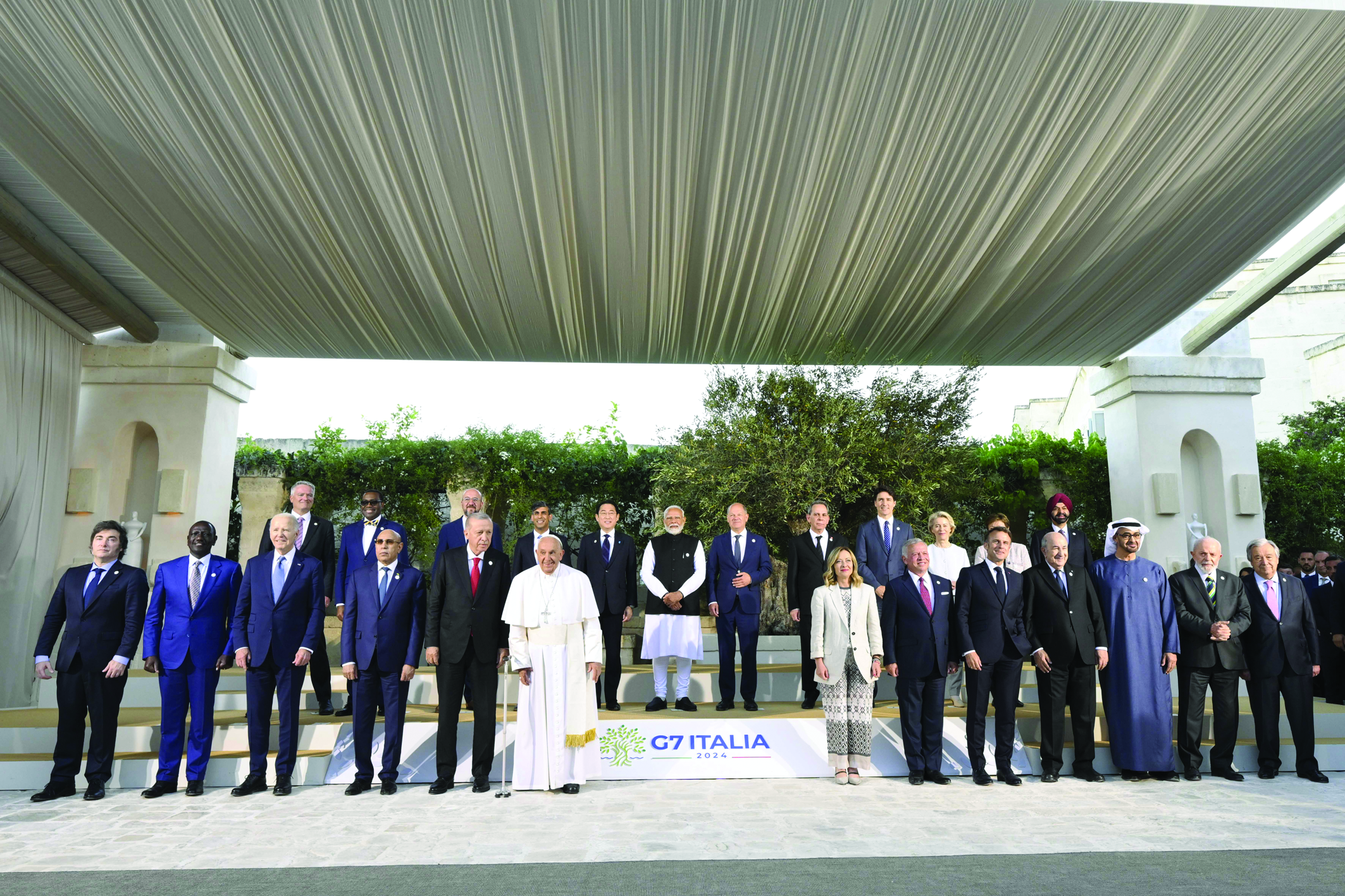
Facebook Comments